How Many Liters Are In A Gallon?
This recipe may contain Amazon or other affiliate links. As an Amazon Associate I earn from qualifying purchases.
If you frequently travel or work with liquids, you may have come across the need to convert gallons to liters or vice versa.
Although it may seem like a complicated task, converting these two units of measure is quite simple.
In this article, we’ll explore the differences between gallons and liters, between US gallon and UK gallon, how to convert between gallons and liters, and why it’s important to understand these conversions of liquid ingredients.
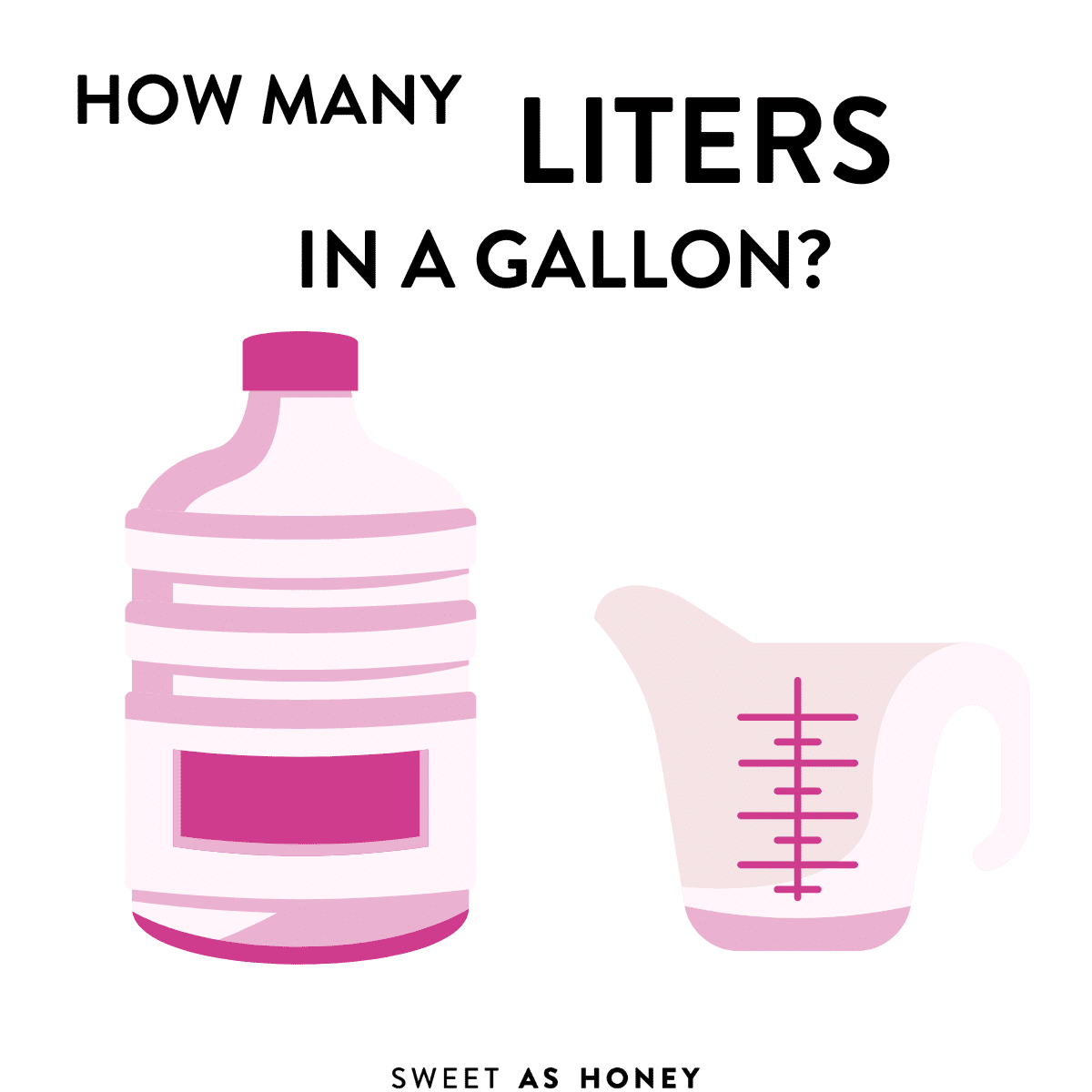
Gallons vs. Liters
The term gallon comes from the French word galon, itsellf inherited from the Latin Galetta which was a volume container.
The liter is a SI unit which equivalent to 1000 cubic centimeters or 1 cubic decimeter and is the volume of 1 kg of water under normal conditions.
Before we dive into the conversions, let’s first understand the differences between gallons and liters which are both a unit of volume.
A gallon is a unit of measurement used primarily in the United States and a few other countries.
In the US, a liquid gallon is equal to 128 US fluid ounces, 8 pints, 231 cubic inches, or 3.785 liters.
The dry gallon, also known as corn gallon or grain gallon, is not used in the US Customary System and was equivalent to 4.404884 liters. If you are measuring dry ingredients using gallons, you are using the US liquid gallon unit to measure dry ingredients.
In the UK, and imperial gallon is equal to 128 fluid ounces or 4.54609 liters or 1.20095 US gal.
A liter (or litre) is a metric unit of measurement from the International System of Units used primarily in the rest of the world, and it is equal to 33.814 fluid ounces or 0.264 gallons.
Why Is It Important To Understand These Differences?
Depending on where you are in the world, you may encounter different units of measurement for liquids.
For example, if you’re used to measuring liquids in gallons and you travel to a country that uses liters, it’s important to be able to convert between the two to avoid confusion.
More Conversion Tools
How To Convert Gallons To Liters
Now that we understand the differences between gallons and liters, let’s explore how to convert between the two.
Converting gallons to liters is a simple process that involves multiplying the number of gallons by 3.785. Let’s use an example to demonstrate this:
If you have 2 gallons of liquid, you can convert this to liters by multiplying 2 by 3.785. The result is 7.57 liters.
2 gallons x 3.785 = 7.57 liters
Similarly, if you have 5 gallons of liquid, you can convert this to liters by multiplying 5 by 3.785.
The result is 18.93 liters in the metric system.
5 gallons x 3.785 = 18.93 liters
| US Gallons | Liters |
|---|---|
| 4 Gallons | 15.14 Liters |
| 3 Gallons | 11.35 Liters |
| 2 Gallons | 7.57 Liters |
| 1 Gallon | 3.78 Liters |
| 1/2 Gallon | 1.89 Liters |
| 1/4 Gallon | 0.94 Liters |
| 1/8 Gallon | 0.47 Liters |
| 1/16 Gallon | 0.23 Liters |
| 1/32 Gallon | 0.12 Liters |
| 1/64 Gallon | 0.06 Liters |
| 1/128 Gallon | 0.03 Liters |
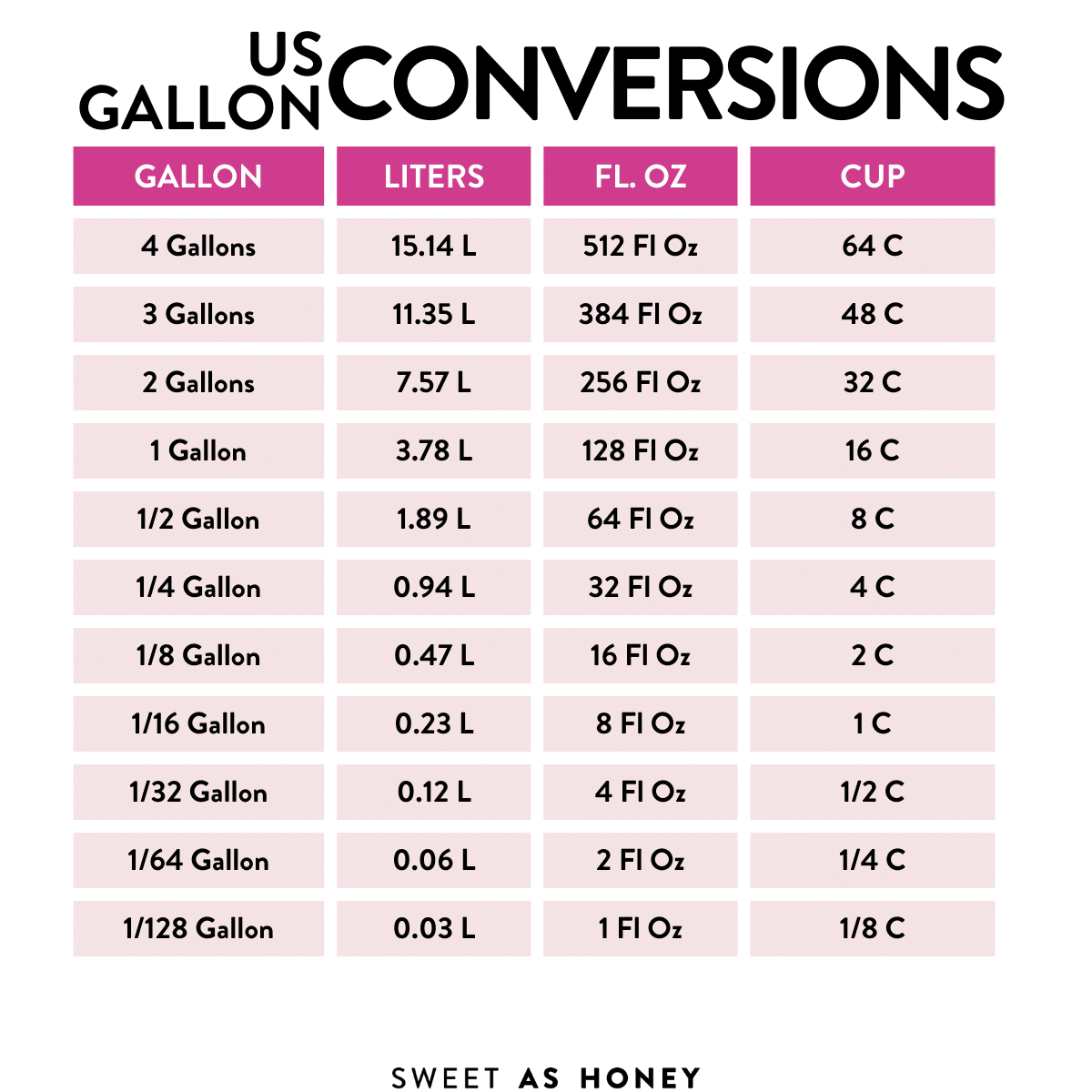
How To Convert Liters To Gallons
Converting liters to gallons is also a simple process that involves dividing the number of liters by 3.785. Let’s use an example to demonstrate this:
If you have 10 liters of liquid, you can convert this to gallons by dividing 10 by 3.785. The result is 2.64 gallons.
10 liters ÷ 3.785 = 2.64 gallons
Similarly, if you have 20 liters of liquid, you can convert this to gallons by dividing 20 by 3.785. The result is 5.28 gallons.
20 liters ÷ 3.785 = 5.28 gallons
| Liters | Gallons |
|---|---|
| 10 Liters | 2.64 Gallons |
| 5 Liters | 1.32 Gallons |
| 4 Liters | 1.05 Gallons |
| 3 Liters | 0.79 Gallons |
| 2 Liters | 0.52 Gallons |
| 1 Liters | 0.26 Gallons |
| 0.5 Liters | 0.13 Gallons |
| 0.25 Liters | 0.07 Gallons |
| 0.2 Liters | 0.05 Gallons |
| 0.125 Liters | 0.03 Gallons |
| 0.1 Liters | 0.025 Gallons |
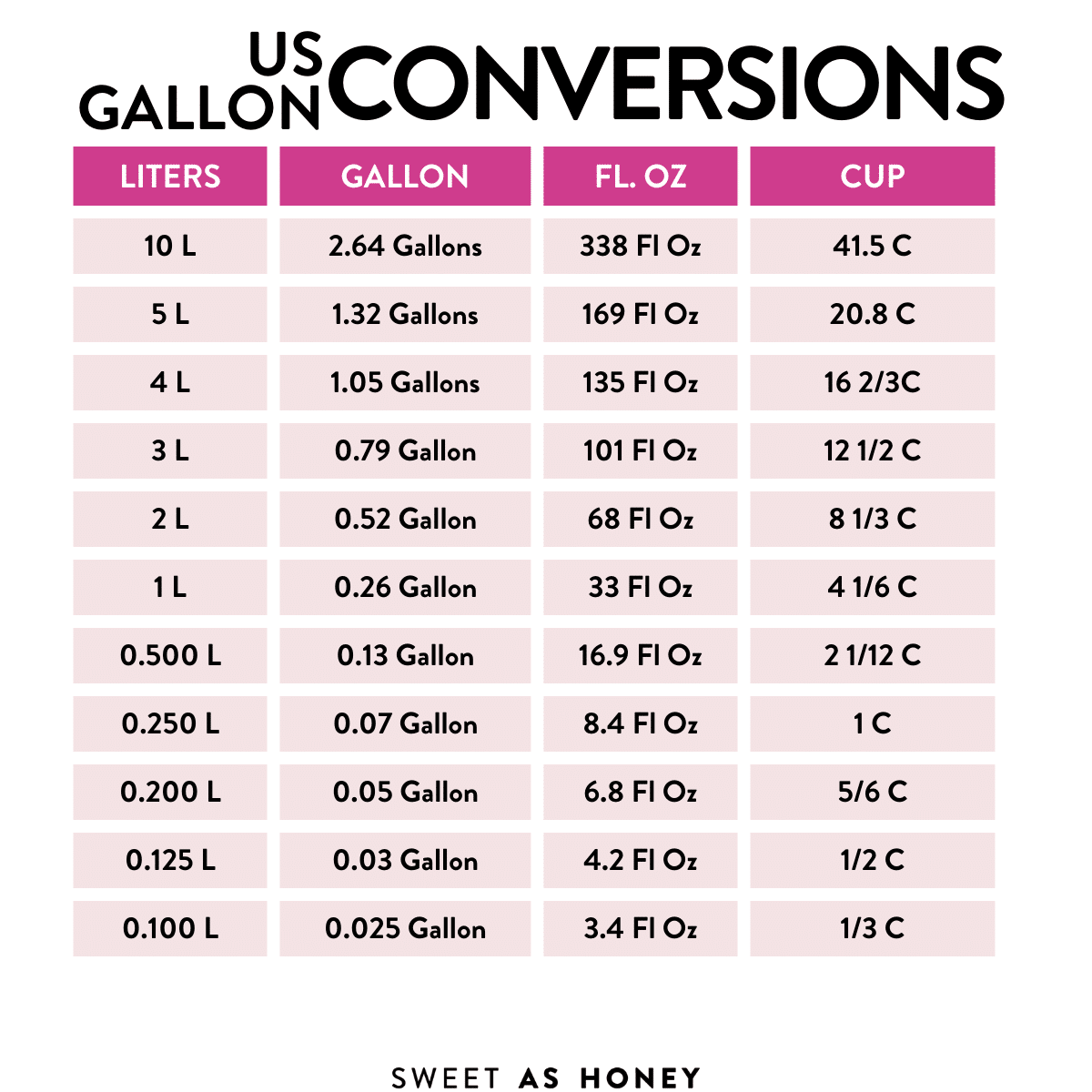
Why It’s Important To Understand Conversions
Understanding how to convert between gallons and liters is important for several reasons.
Firstly, it allows you to accurately measure liquids regardless of the unit of measurement being used.
This is particularly important when traveling or working with others who may use different units of measurement.
Additionally, understanding conversions can help you avoid costly mistakes.
For example, if you’re ordering a specific quantity of liquid and the supplier uses a different unit of measurement than what you’re used to, you could end up with significantly more or less than you intended if you don’t understand how to convert between the two units.
Lastly, understanding conversions can also help you save money.
For example, if you’re used to buying liquids in gallons but find a cheaper option that is sold in liters, understanding how to convert between the two can help you determine if the cheaper option is actually a better deal.
Frequently Asked Questions
While it’s a good approximation, it’s not very accurate.
1 US Gallon contains 3.78 liters while 1 UK Gallon contains 4.54 liters.
It takes 3.78 liters to make a US gallon.
No, 2 liters is closer to half a gallon with 0.52 gallons or 68 fluid ounces, or again 135 tablespoons, or even 405 teaspoons.
Two liters can be approximated to half a gallon, but only four rough measurements.
It takes 3.78 liters to make a gallon. If you are measuring with 2-liter bottles, you need 1.9 2-liter bottles to make a gallon.
One customary gallon is exactly 3.785 liters.
A gallon of milk is the same as a gallon of any other liquid and makes 3.785 liters.
An Imperial gallon from the UK contains 4.54 liters or 1.2 American Gallons
Canada is mostly using the International System of Measurement and therefore liters for volume, but there are still many references to the Imperial System of Measurement which has been imported from England.
As a result, a Canadian gallon is the same as a UK gallon with 4.54 liters.
In Ireland, the gallon used is the British Imperial Gallon which contains 4.54609 liters or 20 Imperial Fluid Ounce.
Most countries in the world have moved away from the Imperial or Customary measurement system.
The only countries where they are standard are the US (Customary), the UK (Imperial), Myanmar (Customary), and Liberia (Customary).
Former and current British colonies and dominions still occasionally use the British Gallon when not using the metric system such as: Ireland, Canada, Belize, India, Hong Kong, Australia, New Zealand, Bahamas, Haiti, Barbuda, Antigua.
Conclusion
In conclusion, understanding how to convert between gallons and liters is a simple but important skill to have.
By knowing how to convert between these two units of measurement, you can make perfect recipes!
Posted In:
Disclaimer
The recipes, instructions, and articles on this website should not be taken or used as medical advice. The nutritional data provided on Sweetashoney is to be used as indicative only. The nutrition data is calculated using WP Recipe Maker. Net Carbs is calculated by removing the fiber and some sweeteners from the total Carbohydrates.
You should always calculate the nutritional data yourself instead of relying on Sweetashoney's data. Sweetashoney and its recipes and articles are not intended to cure, prevent, diagnose, or treat any disease. Sweetashoney cannot be liable for adverse reactions or any other outcome resulting from the use of recipes or advice found on the Website.

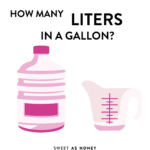
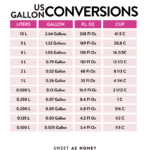
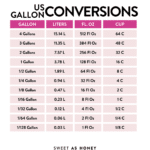
Share this post!
If you enjoyed this post, share it with your close ones!
Leave a comment